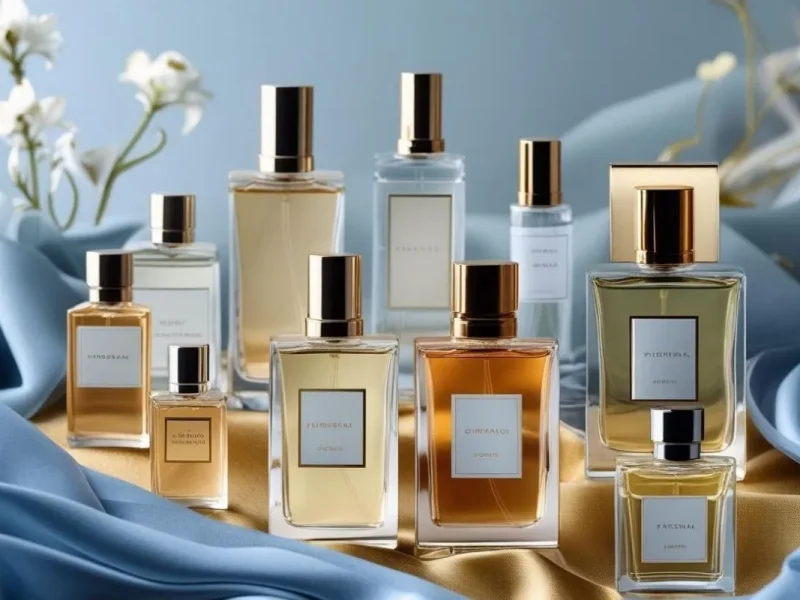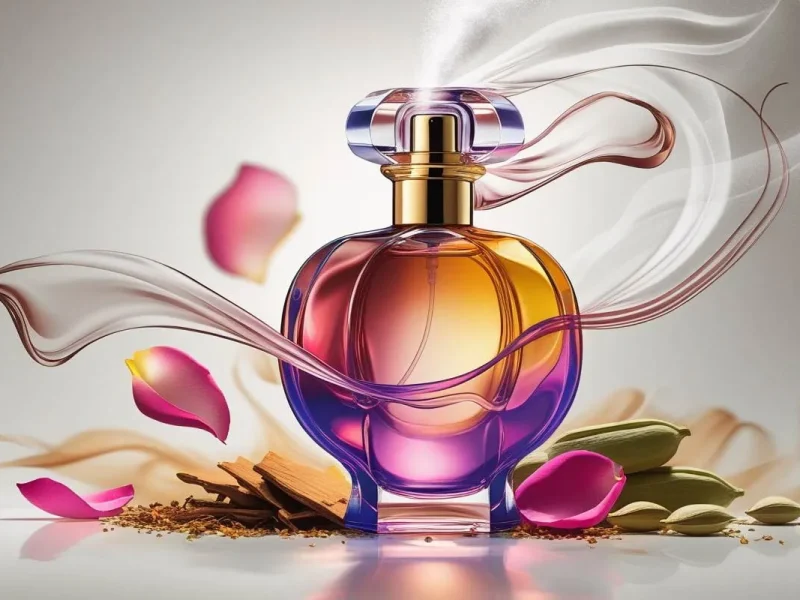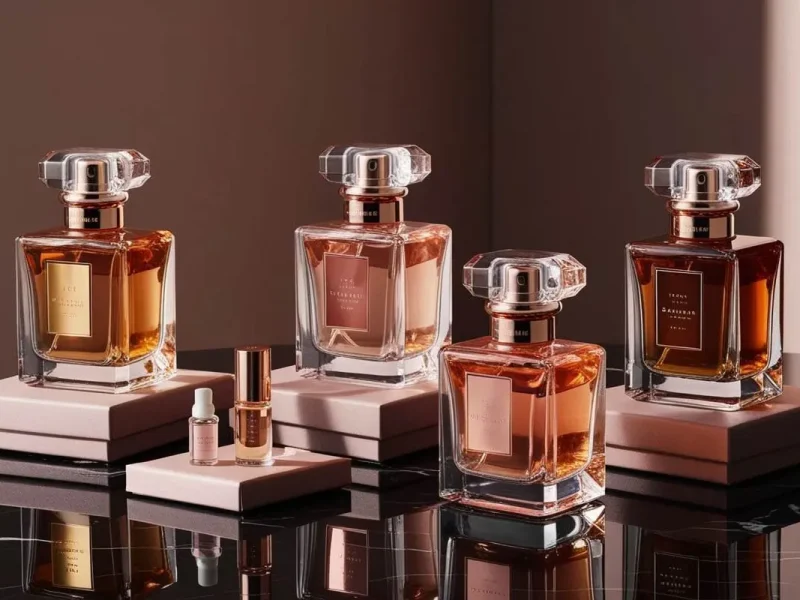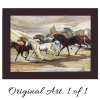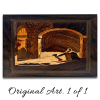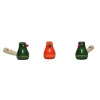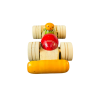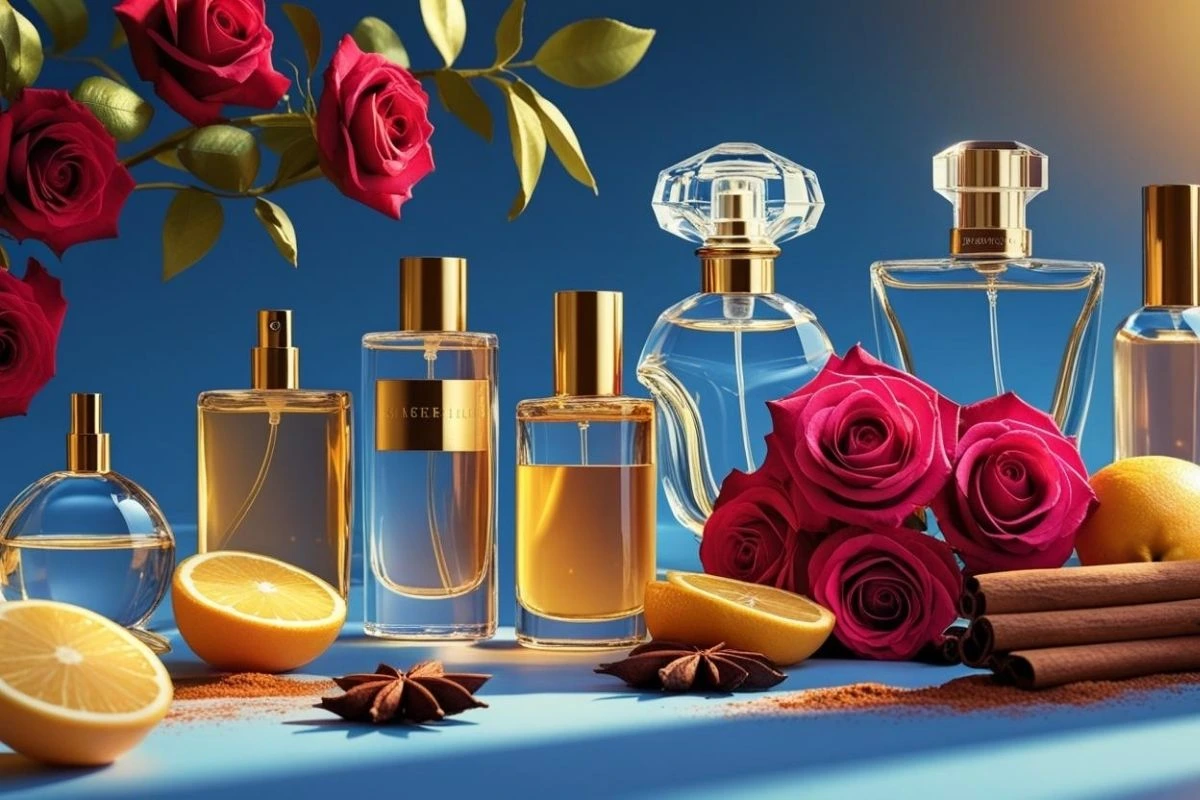
A Journey Through the World of Perfumery: From Creation to Application
Fragrance is as old as man, thousands of years old – an accessory people will not see – an impression lasting forever. Perfumery may also be said to be a science, an art and an olfactory pleasure. This is evident since as early as the aromatic oils of ancient Egypt. And the extravagant designer perfumes of contemporary days. This tale of the world of perfumery takes us on the complex journey of creation. All the way up to the actual application, which is as gentle as the process of creation is.
History of Perfume
Its perfume can be traced back to early civilisation. Egyptians also used aromatic resins and oils in the functions of religion. Romans and Greeks had accepted scents as a form of branding when it comes to luxury and status.
Perfume-making techniques
Perfume-making was also enriched in the Islamic Golden Age, with the techniques of perfume-making galvanised by distillation, and gave the foundations of modern perfumery. This ultimately resulted in France being termed as the heart of the perfume world, a position that it continued to enjoy up to the 17th century.
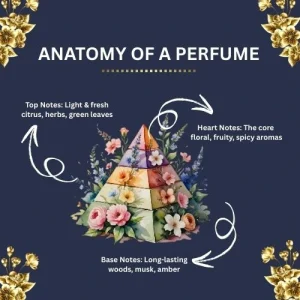
Art and Science of the Creation
The perfume-making art is a lavish process that equates art to precise science. It begins with the conceptualisation of the scent; this involves the definition of the personality, mood, and target of the scent.
The raw materials could either be synthetic, natural or a combination of both:
- Natural ingredients: hydrolates, flowers, fruits, spices, wood essential oils, resins and absolutes.
- Synthetic molecules: They are the lab-made compounds that resemble or merge natural fragrances, called sustainable and stable.
A perfume is usually created in phases:
- Top notes The first fragrance is normally light and refreshing (e.g., citrus, herbs).
- Heart notes: That which takes over and fills the senses in the disappearance of the top notes is usually floral, fruity or spicy.
- Base notes: deep, permanent base, heavy, substantial (e.g., musk, amber and wood).
Perfumers (also known as noses) then blend these components together until the balance can be achieved, which takes months or, in some cases, years of united effort.
Lab to Bottle
When a fragrance formula is complete, it is tested against quality to be consistent. The alcohol and, perhaps, water are added to the perfume concentrate in ratios that yield the desired strength:
- Parfum (Extrait): The strongest form, it can last as long as 24 hours.
- Eau de Parfum (EDP): Very concentrated and long-lasting, about 6-8 hours.
- Eau de Toilette (EDT): Less strong and lasting 4-6 hours.
- Eau de Cologne (EDC): A fresh and short-lived (24 hrs-4 hrs) product.
Once the fragrance matures – i.e., the blend settles to achieve perfect notes – it will be filtered, bottled, and packaged, ready to be released to the market.
The Emotive Connection
Perfume is very intimate; it can be linked with memory and feeling. The smell of jasmine could bring you to a summer garden, and sometimes a scent of vanilla reminds you about the cookies which were baked at home. This is owing to the fact that the olfactory system is directly linked to the limbic region within the brain that includes emotion and memory.
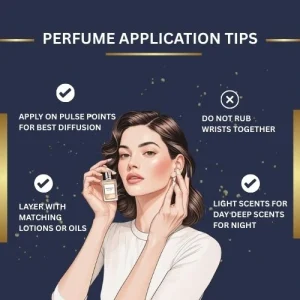
Applied art
Wearing perfumes is not really about being a good-smelling person, yet it is to add to your presence. The performance of it may very well depend on how you use it:
- Pulse points: Wrists, the backs of ears, the bottom of the throat and the insides of the elbows are known as pulse points that release the heat to diffuse the scent.
- Do not rub: This may even break the molecule structure and emit a different odour.
- Layering: Prolong makes use of the same perfume on the body lotions or oils.
Trends in Perfumery
The perfume industry is going in new directions that encompass:
- Sustainability sources: Environmentally friendly mining and biodegradable as well as sustainable.
- Gender-neutral perfumes: Endward the distinction of masculine and feminine.
- Custom perfumes: writing an artificial ad hoc.
Conclusion
Perfumery does not simply involve a mixture of olfactory molecules but is a business in fragrances, cultural history and an escape to self-identity. The bottle tells why the bottle was made by hand by the craftsmen who made it by hand; the bottle tells of the man who made the brush, and the bottle even tells of the art of application. So whenever you squirt on your personal perfume, remember you are wearing millennia of social usage, novelty and beauty on your face.

